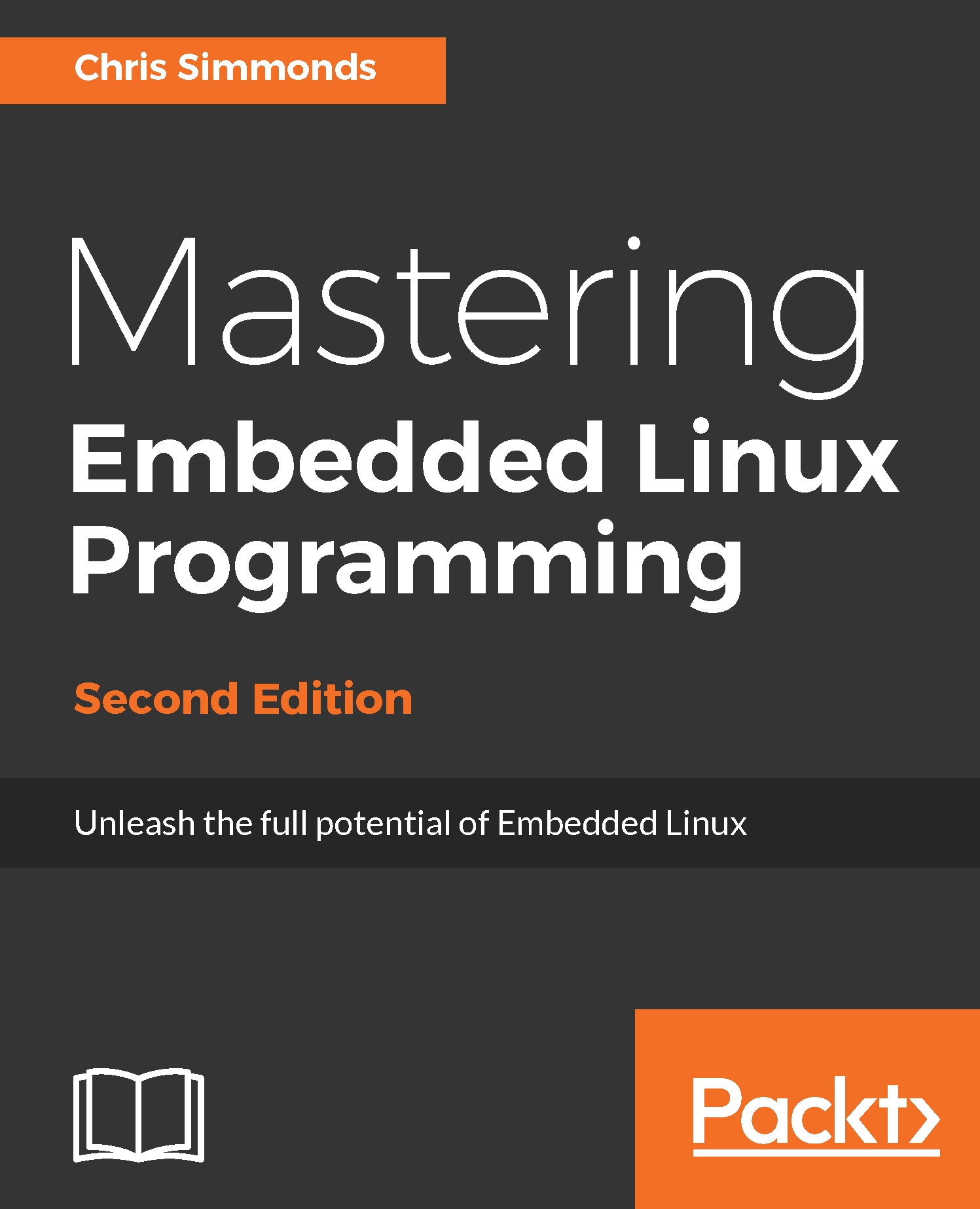The dummy driver demonstrates the structure of a device driver, but it lacks interaction with real hardware since it only manipulates memory structures. Device drivers are usually written to interact with hardware. Part of that is being able to discover the hardware in the first place, bearing in mind that it maybe at different addresses in different configurations.
In some cases, the hardware provides the information itself. Devices on a discoverable bus such as PCI or USB have a query mode, which returns resource requirements and a unique identifier. The kernel matches the identifier and possibly other characteristics with the device drivers, and marries them up.
However, most of the hardware blocks on an embedded board do not have such identifiers. You have to provide the information yourself in the form of a device tree or as C structures...












































































